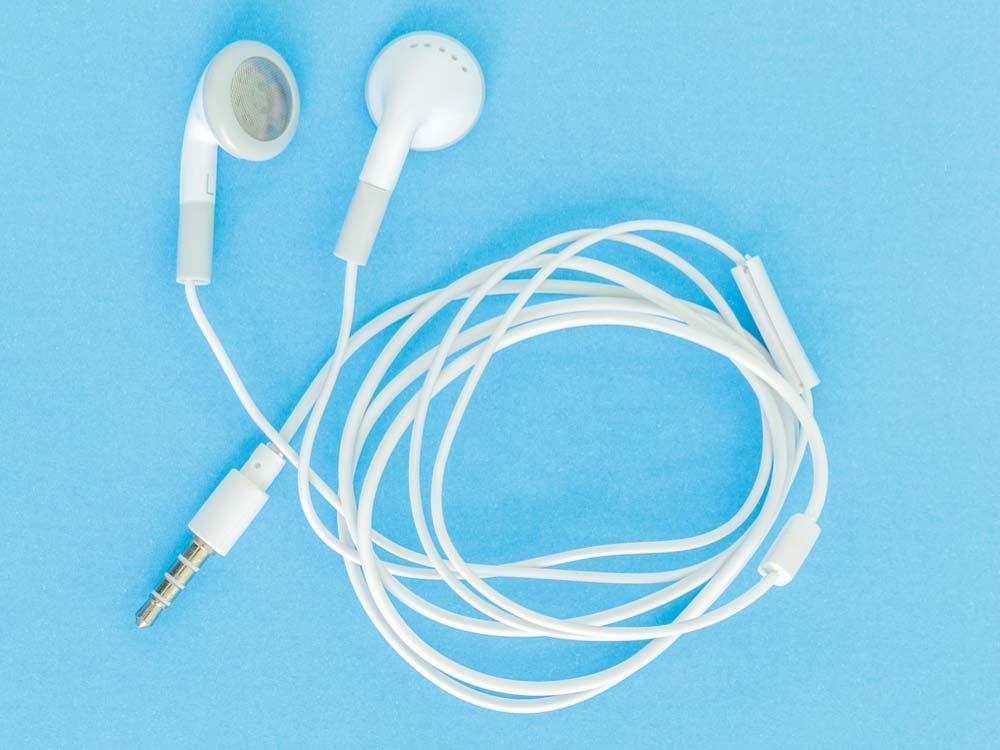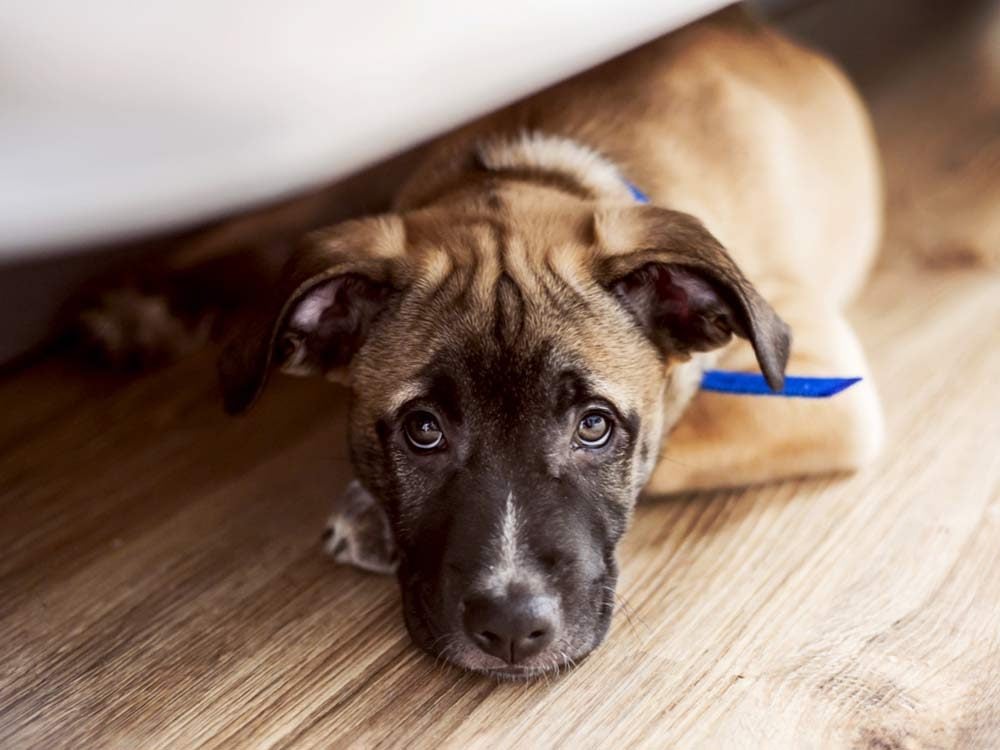
The Impressive Record-Breaking of Prince Charles
Prince Charles is the next man up to the throne of the United Kingdom. Until the day he takes the crown, he remains in the same title which he has had since age 20, the Prince of Wales. And late in 2017, he made history, setting a record which no Prince of Wales before him had ever achieved. (This is how much each person in the British royal family is actually worth.)
On Sept. 12, 2017, Prince Charles became the longest serving Prince of Wales of all time, having served 59 years, one month, and 15 days on the job. The 68-year-old Prince took the title from Edward VII, who would come to reign as King of the United Kingdom from 1901 to 1910. Edward was followed by King George VI, then briefly by King Edward VIII, then King George VI, and finally, by the current sovereign, Queen Elizabeth II.
When Prince Charles eventually takes the throne, he is set to take another royal record—the oldest king in English history. The title of Prince of Wales is traditionally given to the oldest son of the current monarch, and Charles is the 21st owner of the title in the kingdom’s history.
Prince Charles already took the title of least liked member of the royal family (in large part because of what really happened between him and Princess Diana), so this new title might come as quite a comfort.
Here’s How Much the British Royal Family Spent on Travel in 2017.

From sharing earbuds with your best friend to listen in on a movie, or borrowing some from a co-worker to zone out at work, using someone else’s earbuds seems innocent enough, right? Nope!
Before we get into specifics, let’s state the facts: Earwax is our body’s natural way of protecting the insides of our ears and preventing infections. And, yes, that wax has bacteria on it, but it’s pretty harmless.
Enter earphones, which trap the bacteria (and any germs on the earphones already) in the warm, dark environment of your inner ear. That once innocent earwax can build up on those earphones, “acting as a layer to trap bacteria and prevent it from drying out so it can survive and grow,” says Kelly Reynolds, PhD, associate professor of environmental health at the University of Arizona, to Buzzfeed. (Get wax out of your ear by trying these simple home remedies.)
“If these bacteria become too numerous, it can lead to infections,” says Dr. Abbas Anwar, MD, an otolaryngologist at Southern California Head & Neck Medical Group in Santa Monica, California. “Also, earbuds can sometimes cause small abrasions and cuts within the ear canal, especially if they are worn for long periods of time or while sleeping/exercising. These cuts can serve as a portal of entry for bacteria and lead to painful outer ear infections (otitis externa).”
Now, if these are the consequences of overusing your own headphones, imagine the results of using someone else’s. “You are introducing new and more numerous amounts of bacteria into your ear,” says Dr. Anwar. “In addition, you probably don’t know if your friend has been keeping their earbuds clean. They can pick up all sorts of bacteria from different surfaces such as tables and purses, and these new ‘foreign’ bacteria can lead to infections in your ear.” (If you do end up getting an ear infection, here are some home remedies to cure it.)
Besides not sharing earbuds, there are plenty of ways to make sure your own are clean and safe for your ears. Purchasing individual cases for your earbuds, regularly wiping them down with alcohol, and keeping them dry are excellent ways to keep your ears clean and infection-free.
Here are 13 Things You Didn’t Know About Germs.

How to ease your dog’s anxieties during thunderstorms
If loving your dog too much is wrong, then we don’t want to be right. Not only is your dog your best friend, your dog has legit superpowers, including sensing bad weather even before it happens. By the time you feel the first drop of rain, Rover’s already pacing, his tail down, and if Rover’s a talkative breed (like my dog, Lewis the Beagle), he’s probably doing his famous high-pitched whine.
As the rain starts to pound on the windows, you may find Rover hiding under a low piece of furniture, like a bed or a sofa, or perhaps in the basement. Holistic pet therapist and author, Sally Morgan tells Reader’s Digest it’s not unusual for a dog in the throes of a thunderstorm freak-out to attempt to become grounded—literally and figuratively, by seeking the lowest place in the house or someplace adjacent to the house’s plumbing.
But why? As you might suspect noise is a reason, but it’s only part of the equation. “Thunderstorms can be a trigger for dogs with noise phobia,” says Kelly Ryan, DVM, Director of Veterinary Services at the Humane Society of Missouri’s Animal Medical Center of Mid-America. “It is an irrational, intense fear of a noise or sound that poses no real threat. If your dog has a noise phobia, you will probably see it with other loud noises, such as fireworks.” Noise phobias can start at any age and worsen over time if left untreated. Morgan suspects that the phobia may stem from a dog’s innate survival-based need to hear what’s going on in its immediate vicinity. Loud sounds not only interfere with that, but also confuse the dog into believing that something of flight/flight proportions is happening. (Here’s why every kid should grow up with a big dog.)
Here are the other factors that may be causing your pooch to freak out:
- Static electricity. During a thunderstorm, static electricity in the clouds builds up, eventually bursting into lightning. Dogs can sense this static electricity, even from inside our homes, and often even before the storm reaches our own neighborhood, says Lazhar Ichir, founder of Breeding Business, an educational platform for ethical dog breeders. “Specialists now understand that static electricity is felt by dogs through their fur, generating an unpleasant tingling sensation,” he says. “For this reason, pets feel agitated and seek a spot they hope might isolate them from the static charges.”
- Change in barometric pressure. Dogs with thunderstorm phobias can often sense a drop in barometric pressure that accompanies these storms, says Wendy Hauser, DVM, an on-staff veterinarian and VP of Veterinary Relations for ASPCA Pet Health Insurance.
- Change in ions. During a thunderstorm, the ions in the atmosphere change. “Dogs may experience that as increased vigilance as external signals travel through their nervous system more quickly. These signals include the sounds of rain and thunder, and flashing lights,” explains Morgan, and this explains why the dog goes in search of a way to ground himself.
- Change in our behaviour. “Dogs are sensitive to their people’s reactions to the environment,” Morgan points out. “If we’re running around the house to close windows, complaining when the power goes out etc., your dog is going to feel that something is wrong and that he needs to be on alert.
- Genetics. A spokesperson for CanineJournal tells Readers Digest that some dogs have a particular natural predisposition to storm freak outs, according to a study published in the Journal of American Animal Hospital Association in July of 2001. The study found that different dog breeds had different levels of anxiety during storms, and the ones who seemed the most anxious were working and sporting breeds, such as German Shepherds and Collies, which would make sense considering that they were bred to take care of other animals, which includes shepherding them out of nasty weather.
In addition to keeping our own anxiety in check, it could be helpful to gently lead Rover to the bathroom and into the bathtub, suggests Patra de Silva, President of NHV Natural Pet Products, makers of herbal and plant-based supplements that are veterinarian approved. As Morgan pointed out, this is one place that your dog might like to be during a storm. As de Silva explains, the porcelain may actually help block static electricity. At the same time, try not to give him too much positive reinforcement for his freak out. Although it’s a natural human response to pet your best friend and tell him it’s going to be okay, he may perceive that you’re telling him his freaking out is something you’d like to see him do again.
Another place your dog may prefer to be during a storm is in a dark, quiet room, with quiet calming music, says Dr. Ryan. If your dog is trained to sleep in a crate, you can try encouraging him to go there.
Dr. Ryan also recommends trying body compression options such as the Thundershirt. The Thundershirt is a jacket with adjustable fasteners that fits dogs of most sizes. It is made from durable and washable fabric that compresses much like Spandex does for humans, and it seems to provide comfort to some dogs. (Check out these tips from Canadian pet store employees.)
Sarah Nold, DVM, on the staff of Trupanion, a pet insurance company, suggests closing the window blinds or curtains and leaving a light on to minimize flashes of light from the storm. Some dogs will do best with anti-anxiety medication, she says, and Dr. Ryan agrees. But these are prescription meds that you must obtain from your veterinarian after discussing the treatment options that will be best for your dog. Or try a natural supplement, like Adaptil. “Pheromone products can be great options for some dogs,” Dr. Ryan says. Essential oils may be of some help, as well, according to the CanineJournal spokesperson. Same with herbal dog collars.
Just remember, reminds Jonathan Leshanski, DVM at Home Veterinary: Your dog does not choose to be scared of thunderstorms, and you need to understand that this fear is not a failure in your dog, but something that doesn’t make sense to them. You have fears, yourself.
Plus: The Real Reason Why Dogs Stick Their Heads Out of Car Windows

The One Coffee Hack You Need to Try
Before we can even function like normal human beings in the morning, most of us need a cup of coffee. However, the way we take it varies widely. Some of us brew it at home, while others just pop into the nearest coffee chain for a quick (yet delicious!) cup of Joe. (Here’s what to expect if you want to cut back on coffee.)
But no matter where you get your daily caffeine fix, you should never settle for a boring, bitter brew. (Like your coffee black? It could reveal a disturbing personality trait.) Adding more sugar isn’t always the answer, either—especially if you’re trying to cut the sweet stuff from your diet.
The solution? Just a pinch of salt can transform your a.m. coffee from harsh and acerbic to smooth and creamy, according to Cooking Light.
And this isn’t just some old wives’ tale. Throwing in a bit of salt to your coffee grounds can “neutralize” or cancel out the drink’s bitterness, research says. Cooking Light recommends pouring about 1/8 teaspoon of salt into the ground coffee beans before you place them in your coffee maker.
That’s not the only way you can get more bang for your brew. Other additions, like cocoa powder, cinnamon, lavender, and vanilla or coconut extract, can also jazz up your morning cuppa. So forget about Starbucks; your perfect cup of coffee awaits. (We asked professional chefs to share quick fixes for seven of the most common cooking mistakes.)
Check out 13+ Coffee Shop Secrets Your Barista Won’t Tell You.

Here’s What a Love of Spicy Foods Says About You
Starting your day off with an extra serving of spice can prove to be beneficial if you’re aiming to knock off a few extra calories. But if you tend to gravitate to the sweet hotness of more tongue-tingling cuisine simply based on your appetite for it, what does that say about your personality? According to Health, quite a bit. (Here are 17 common food names you probably pronounce wrong.)
A University of Pennsylvania study on chile ingestion took a look at people with a tendency for popping picante peppers. Personality-wise, participants who were particularly passionate for the peppers tended to be more inclined towards risk-taking activities like parachuting, taking a polar plunge into an icy body of water, and driving fast. (These superfood toppers will add delicious flavour to your favourite slice of pizza.)
The logic behind the connection basically boils down to risk assessment. In order to take part in daredevil-ish activities, a person needs to assess the risks involved, weigh their options, and then face their fears. In this case, the general fear is burning your mouth. Capsaicin is the irritant that makes chili peppers so spicy, and it isn’t a chemical compound for the taste buds. It’s a chemical that triggers pain receptors. (Try adding these eight amazing Indian spices to your dishes.)
Paul Rozin, one of the study’s lead authors, suggests that the inclination toward spicy foods is essentially a form of benign masochism. Like plenty of other risk-taking activities, eating a chili pepper is negative, but only to an extent. (Check out 6 Foods Skinny People Eat All the Time.)
“Chili stimulates an innate sensory ‘warning’ system but is not harmful. The enjoyment of the irritation may result from the user’s appreciation that the sensation and the body’s defensive reaction to it are harmless,” the study states. “Eating of chili, riding on roller coasters, taking very hot baths, and many other human activities can be considered instances of thrill-seeking or enjoyment of ‘constrained risks.'” (Try Chef Lynn Crawford’s All-Purpose Spice Mix.)
Good for more than just cooking, here are five new ways you can put spice to work.
Travel, for the British royal family, is no pedestrian task. Although the Queen never has to worry about carrying a passport, the ease stops there; from the requisite security phalanx to the private jets, an international trip for the House of Windsor is a considerable to-do. (Kate and William do always break this one royal family travel rule, however.) But exactly how much money does it cost to subsidize the royal family’s business life abroad? (Here are 10 royal family traditions you should try this year.)
The Express took a look at the numbers behind the family’s travel expenses and the tab is sizable. According to the details of the royal accounts, the royal family cost the taxpayers of the United Kingdom £4.5 million or just shy of $6 million in 2016/2017. It should be noted that the taxpayer is held responsible for trips which pertain to official business, so any old trip to Dave & Buster’s will not be covered. (This is why Prince William and Kate Middleton never show PDA.)
The most costly trip of the year was a trip taken by Prince Charles and Camilla, the Duchess of Cornwall; their nine-day tour of Romania, Italy, and Austria in late March/early April ran up a bill of £154,000 or $204,000. The budget has increased by approximately £500,000 ($664,000) from the previous year’s total. Not surprisingly, the Queen has the largest entourage, with 34 people in tow for any given trip.
Here are 12 Things You Never Knew About the Queen’s Guard!

What You Didn’t Know About Meghan Markle’s Ring
Royal enthusiasts, rejoice! Prince Harry and Meghan Markle announced their engagement this week, which means another royal wedding is in the works. But, let’s be honest: It seemed pretty hard to follow up Kate Middleton’s gorgeous engagement ring—which actually used to belong to Prince Harry. So while the royal couple looked great as they posed for the cameras at Kensington Palace, everyone was actually jostling to get a peek at the new ring on Meghan’s finger.
Although Meghan won’t technically be called a princess once she walks down the aisle, her ring is certainly fit for a queen. The stunning diamond ring was designed by Prince Harry himself and features three diamonds on a simple gold band.
But there’s more to the ring than meets the eye, according to Harry. As a touching tribute to his mother, Princess Diana, the two smaller diamonds are from her personal collection, People reports. And that’s not the only way Prince Harry is keeping his mother’s memory alive.
The large stone in the centre has a hidden meaning, too. The diamond is originally from Botswana, which Harry often refers to as his “second home.” The couple also recently vacationed to the African country for Meghan’s birthday.
“I first went to Botswana in 1997, straight after my mum died. My dad told my brother and me we were going to Africa to get away from it all. This is where I feel more like myself than anywhere else in the world,” the Prince told ABC News. “I have this intense sense of complete relaxation and normality here.”
Swoon! But when the royal couple ties the knot next year, you won’t see Prince Harry wearing a wedding band. No, it’s not a sign that their relationship is on the rocks; Prince William doesn’t wear a wedding ring, either!
Here’s How Much Each Person in the British Royal Family is Actually Worth.